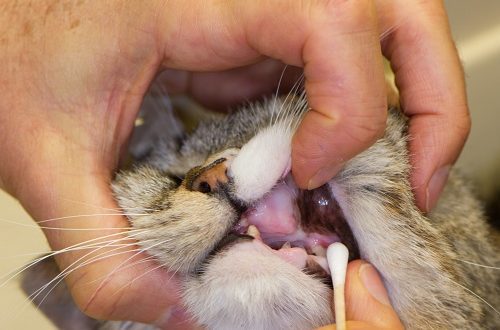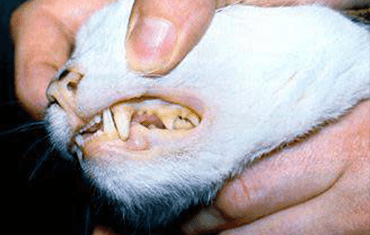
Papillomas in cats
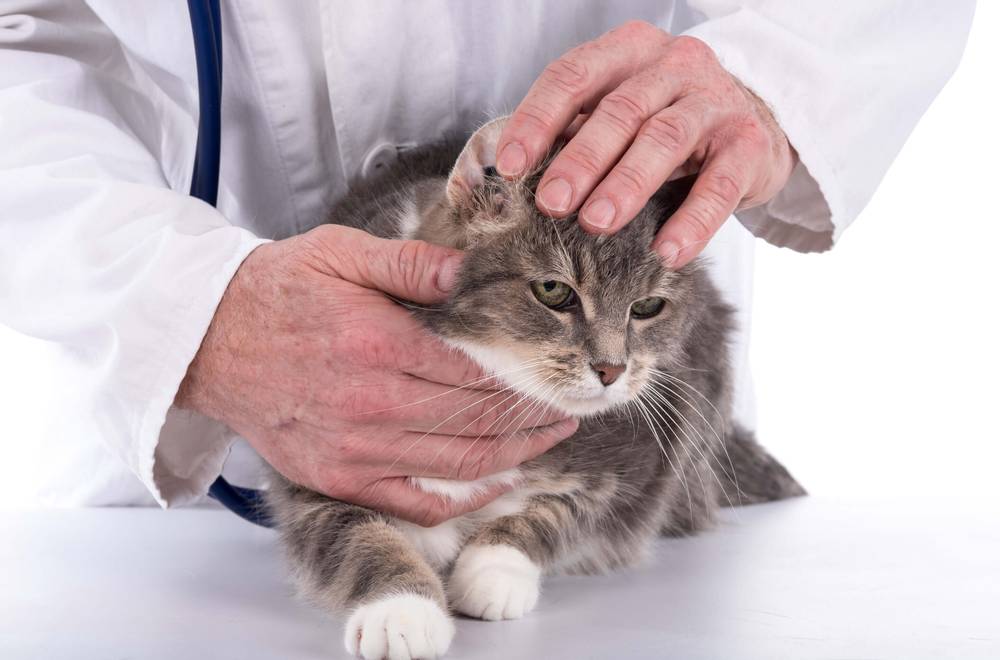
Contents
Papillomas in cats – the main thing
As a rule, human papillomavirus infection appears only on the skin;
Each species of animal has its own virus, so a cat with warts is not contagious to humans;
The diagnosis is made in a complex manner;
There is no effective means of preventing and treating the disease.
Causes of papillomas
It is believed that the main cause of papillomas in cats is a weakened immune system and the presence of any skin lesions. But it has been proven that papillomavirus can be detected in healthy cats, which casts doubt on the relationship between the presence of the virus and skin lesions. However, if the disease is detected, affected cats should be isolated from contact with other cats, as they can be contagious to them.
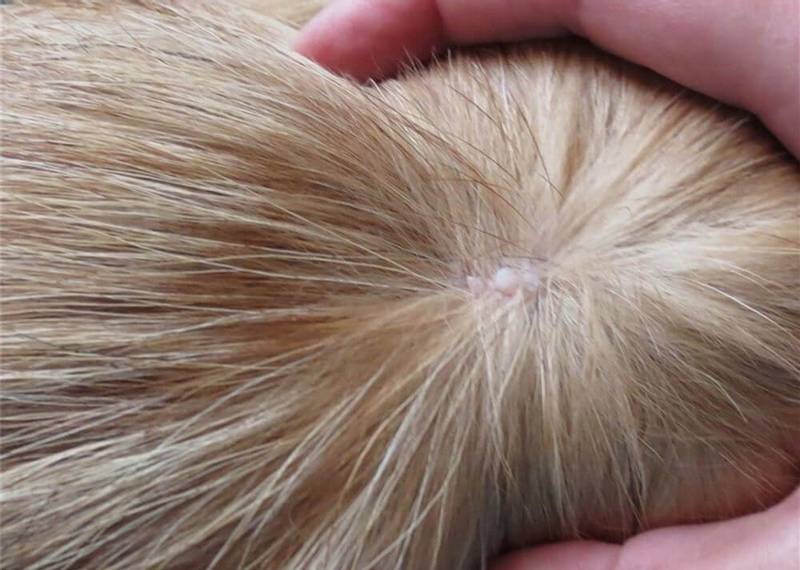
Source – cat-expert.ru
It is interesting to note that cats have different types of the virus, and there is no cross (that is, intertype) protection, so a vaccine against this disease has not been developed.
Symptoms
The presence of papillomaviruses in a cat manifests itself in the form of a variety of skin diseases.
Most often, papillomaviruses manifest themselves in cats as ordinary skin warts, which look like convex growths of brown color, devoid of hair.
Some cats have characteristic hyperkeratotic plaques, especially in the pinna region. Plaques are most common in older, debilitated pets and those with immunosuppressive diseases, as well as those receiving long-term hormonal therapy.
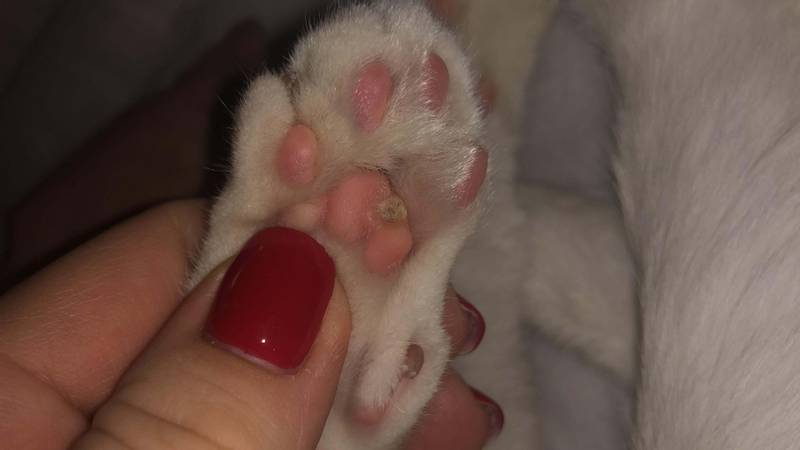
Source – pets.mail.ru
Unfortunately, papillomas in cats are not always safe formations and quite often malignant, i.e. malignant. A harmless-looking wart in a cat can grow into carcinoma or even squamous cell carcinoma. It is rather difficult to suspect carcinoma in appearance: it looks like a dark, rounded, often crusted lesion, that is, like any other skin neoplasm. It is believed that ultraviolet rays play an important role in the development of carcinomas, so carcinomas are most often found on hairless areas of the skin that are not protected from sun exposure: on the eyelids, on the nose, on the auricles.
Diagnostics
The diagnosis is made in a complex manner on the basis of clinical signs, analysis of the medical history and laboratory diagnostic methods. It is very important that if a wart is found in a cat, do not self-medicate and immediately contact a veterinary clinic: any seemingly harmless skin neoplasm may turn out to be a fast-growing malignant tumor (for example, mastocytoma). In the presence of a malignant tumor, the start of treatment plays an important role in the prognosis of the disease and the life expectancy of the pet.
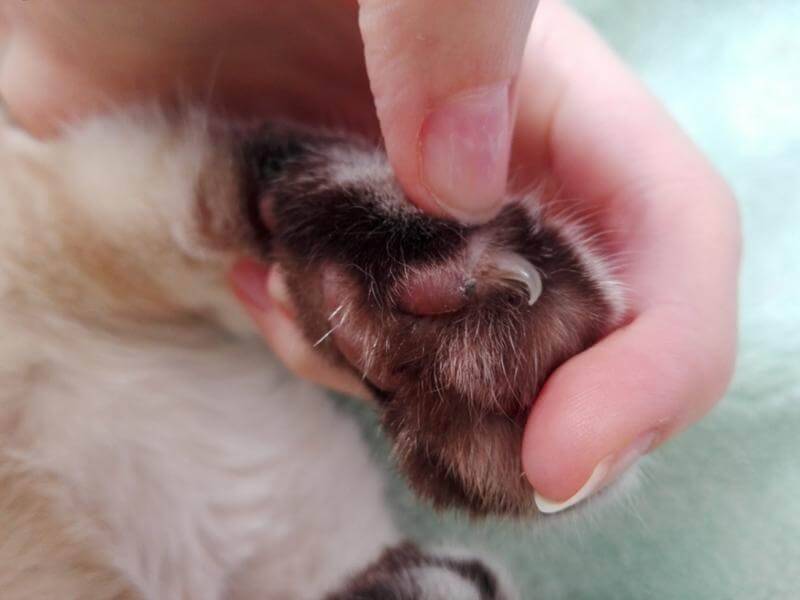
Source – answer.mail.ru
For a preliminary diagnosis, routine diagnostic methods can be performed – blood tests, cytology from the affected area (the so-called fine needle biopsy is performed). But to confirm the diagnosis, a full-fledged biopsy is necessary: for this analysis, a piece of the formation is taken (or the entire wart, if it is small) and submitted for histology to the laboratory. To detect papillomavirus, it is necessary to perform histology with immunohistochemical staining of the material.

Source – answer.mail.ru
Also, at the moment, the PCR diagnostic method is used to detect the papilomatosis virus in a cat and to determine the type of virus. However, it should be noted that this analysis can show a positive result in a clinically healthy cat, which can be explained by the carriage of the virus and the strong immunity of the pet.
In any case, if you notice a mole on a cat, be sure to show it to a veterinarian!
Treatment of papillomas in cats
As mentioned above, there is no specific treatment for papillomas in cats, as in other animal species. In most cases, no treatment is required – warts in cats go away on their own (usually within a few months).
There is no scientific data on the effectiveness of any antiviral and immunostimulating drugs against warts in cats: usually the effect of the drugs coincides with the spontaneous regression of the formations. It is recommended not to engage in treatment and not to use the so-called folk remedies, as cats often develop allergic reactions and even poisoning on them.
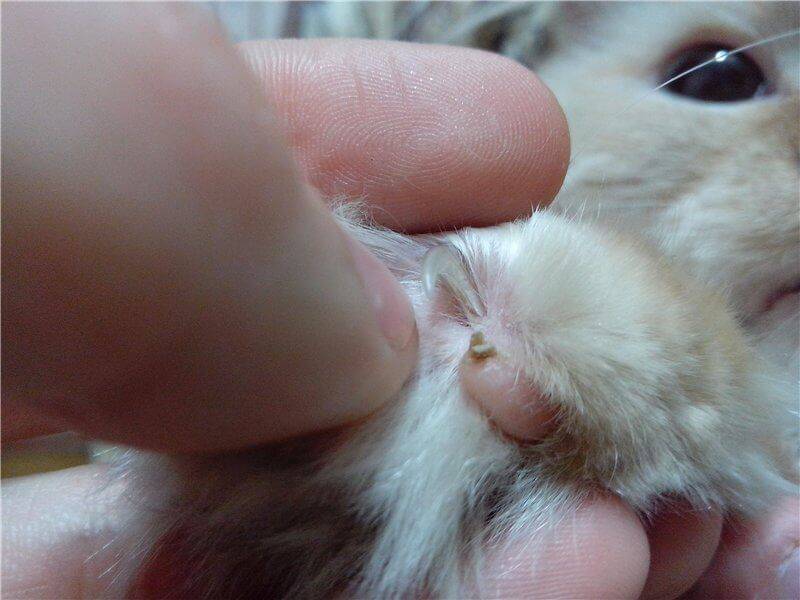
Source – radical.ru
In the absence of spontaneous recovery, surgical treatment or removal of lesions with liquid nitrogen (i.e., cryosurgery) may be used.
A positive effect can have an improvement in the conditions of the pet, minimizing stress, improving the quality of feeding.
The article is not a call to action!
For a more detailed study of the problem, we recommend contacting a specialist.
Ask the vet
February 25 2021
Updated: 21 May 2022




